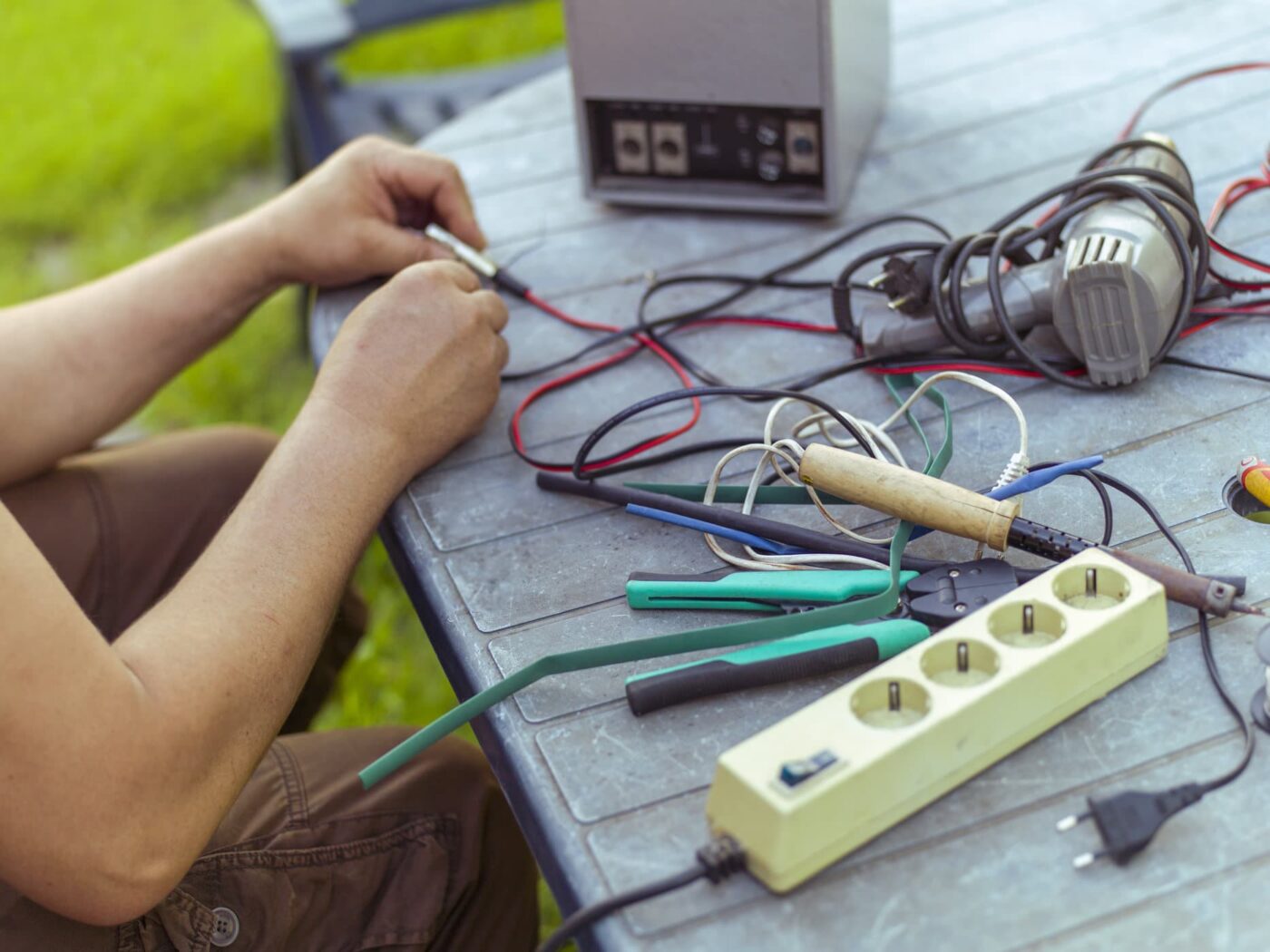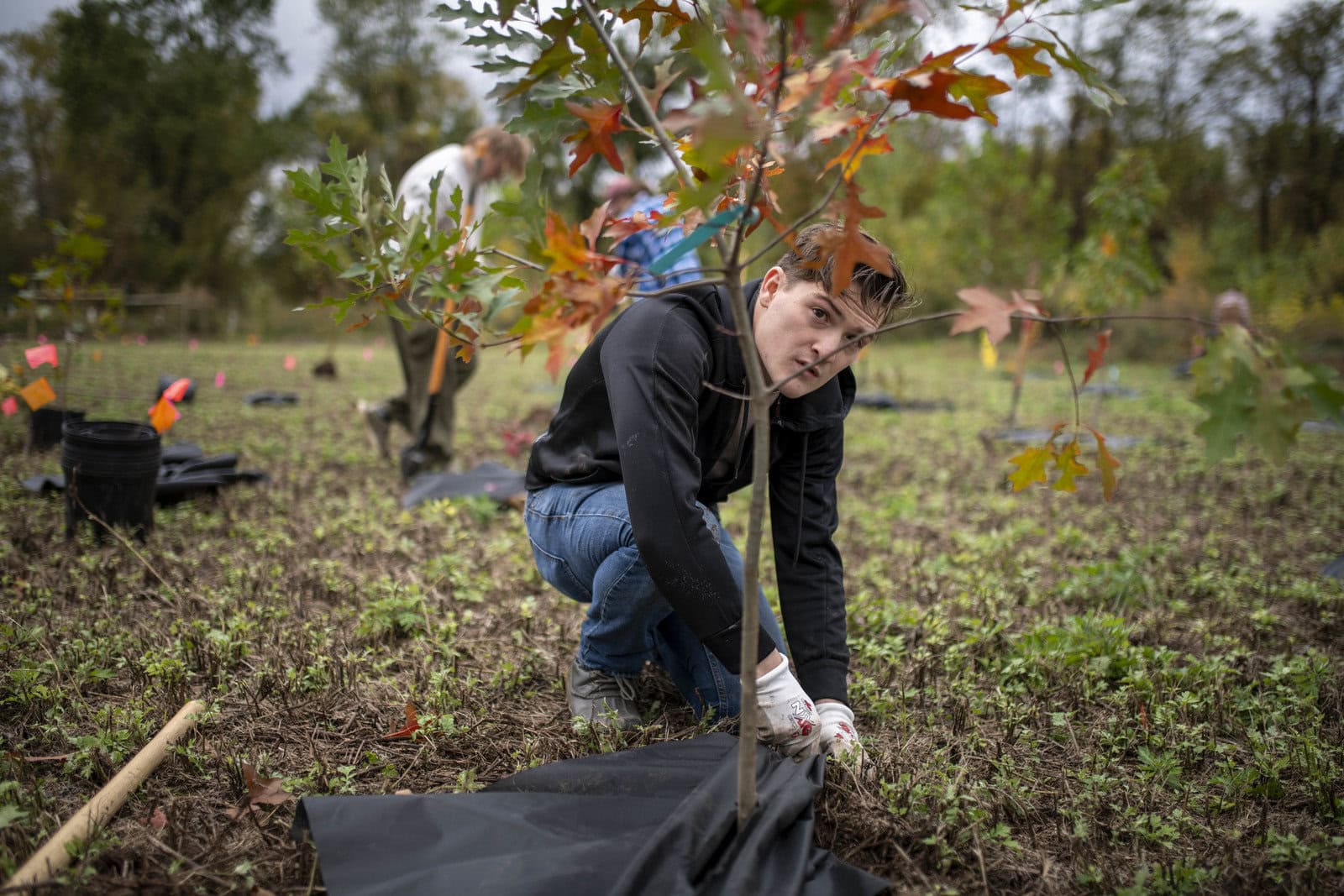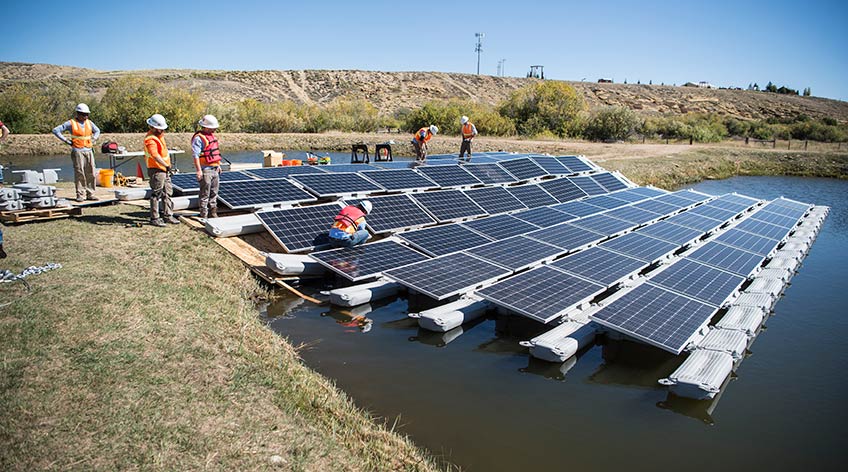New York State will set a historic precedent July 1, when the nation’s first Digital Fair Repair Act goes into effect. After years of consumer advocacy, in December 2022 Gov. Kathy Hochul signed this hard-fought piece of legislation meant to secure consumers’ right to independently repair the devices they own.
Global right-to-repair advocates have long argued that manufacturers’ gatekeeping forces consumers to spend more money to fix or replace their electronics, vehicles, and appliances. That deepens the gap between those with and without access to current technology, and also adds to the monumental problem of e-waste. Now, New York is the first state in the U.S. to enact a right-to-repair law — and although it’s not perfect, advocates say it’s a start.
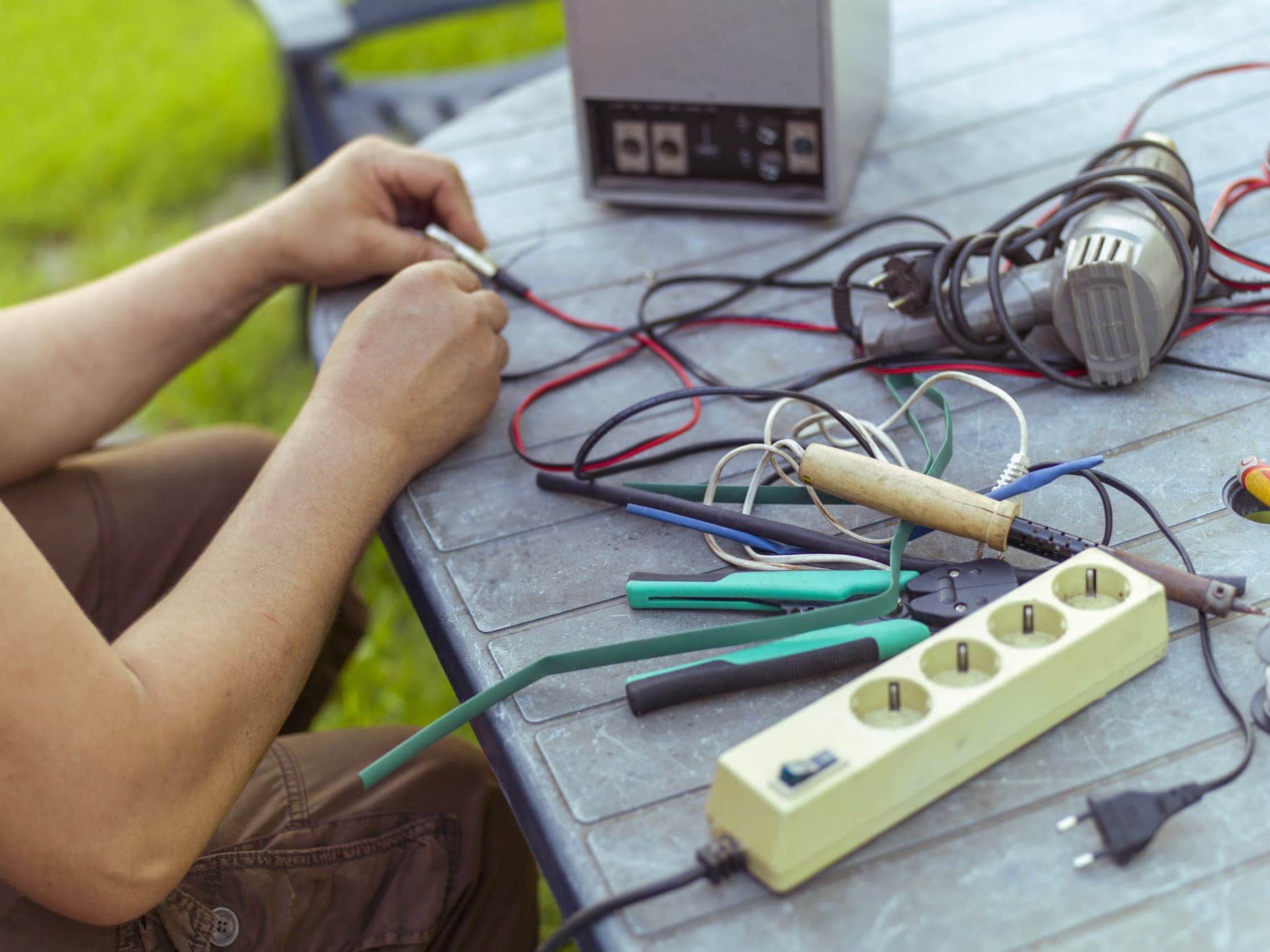
The Digital Fair Repair Act requires original equipment manufacturers to share with consumers and independent repairers the information and parts they’d make available to their authorized repair providers. That includes manuals and diagrams, diagnostics, and device-specific tools.
Historically, manufacturers have held such information and components close, forcing small repair shops and home tinkerers to develop their own workarounds. “They’re doing all of these repairs without access to any [official] parts, tools, or information,” says Nathan Proctor, who leads the Public Interest Research Groups’ Campaign for the Right to Repair. “They have to make their own repair guides or figure it out themselves, which adds time and cost.” That, in itself, Proctor says, can make costs “too high to do the repair.”
On top of that, repairers are increasingly hitting dead ends due to manufacturers’ obstacles, like motherboards that will only work with parts exhibiting a specific serial number. “Repair shops have pretty good open source material for the information, but they can’t get the software and they can’t get the parts in a lot of cases,” Proctor explains.
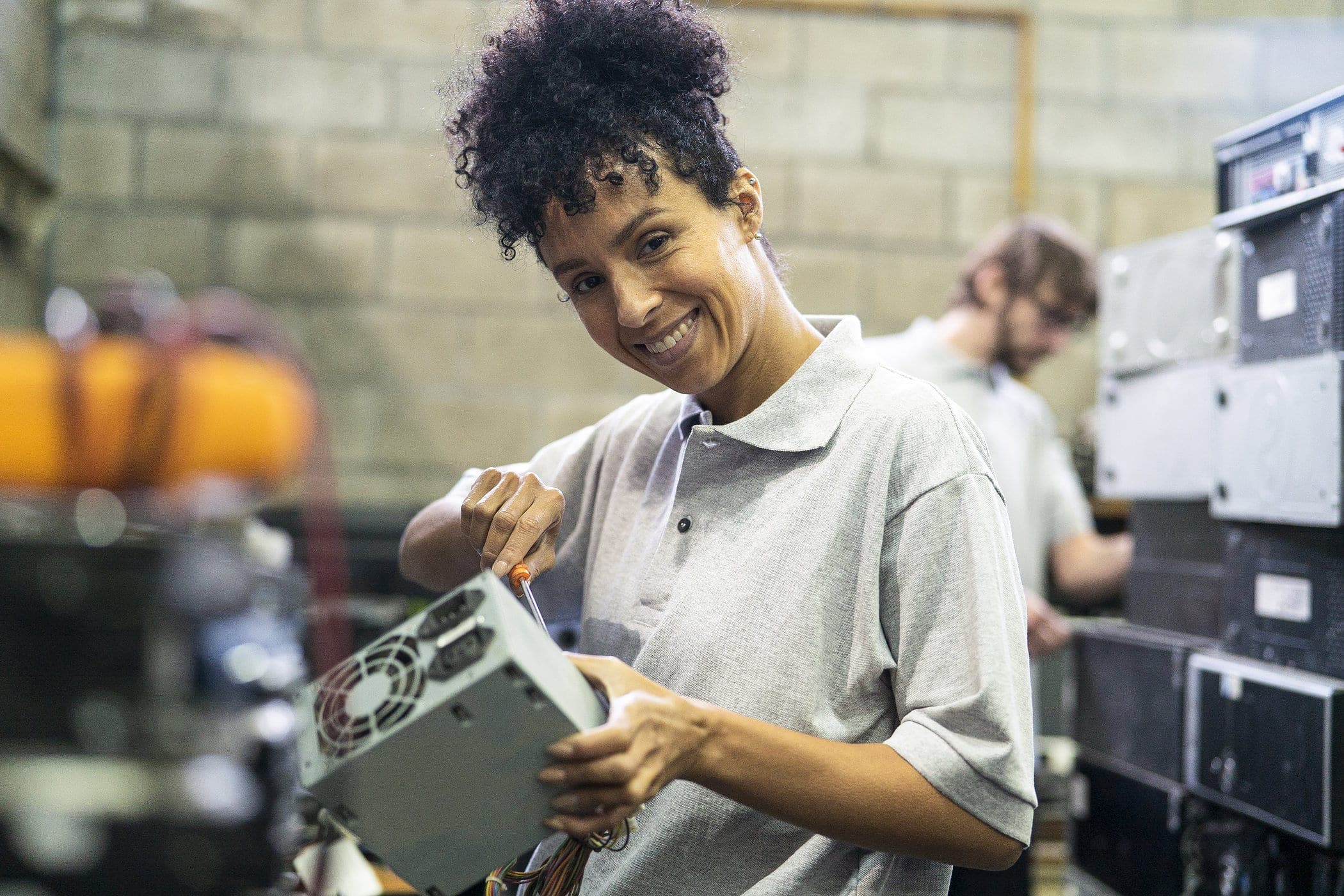
In that regard, the new law should open up a shift in consumer expectations, and possibilities for repair specialists and DIY aficionados. Chief among the devices covered by the Digital Fair Repair Act are small consumer electronics like smartphones and laptops purchased at retail. As of now, this only applies to devices built after July 1.
“It’s going to be easier for a small repair business to service particularly the cell phone, tablet, laptop market at a consumer level,” says Gay Gordon-Byrne, executive director of the Repair Association.
Cell phones, of course, make up no minor part in our lives — or our trash. In 2021, the WEEE Forum (waste electrical and electronic equipment) reported that Americans throw away roughly 416,000 mobile phones every day, or about 151 million each year. Giving consumers more options for prolonging the lives of their belongings is, in turn, a step toward reducing those numbers.
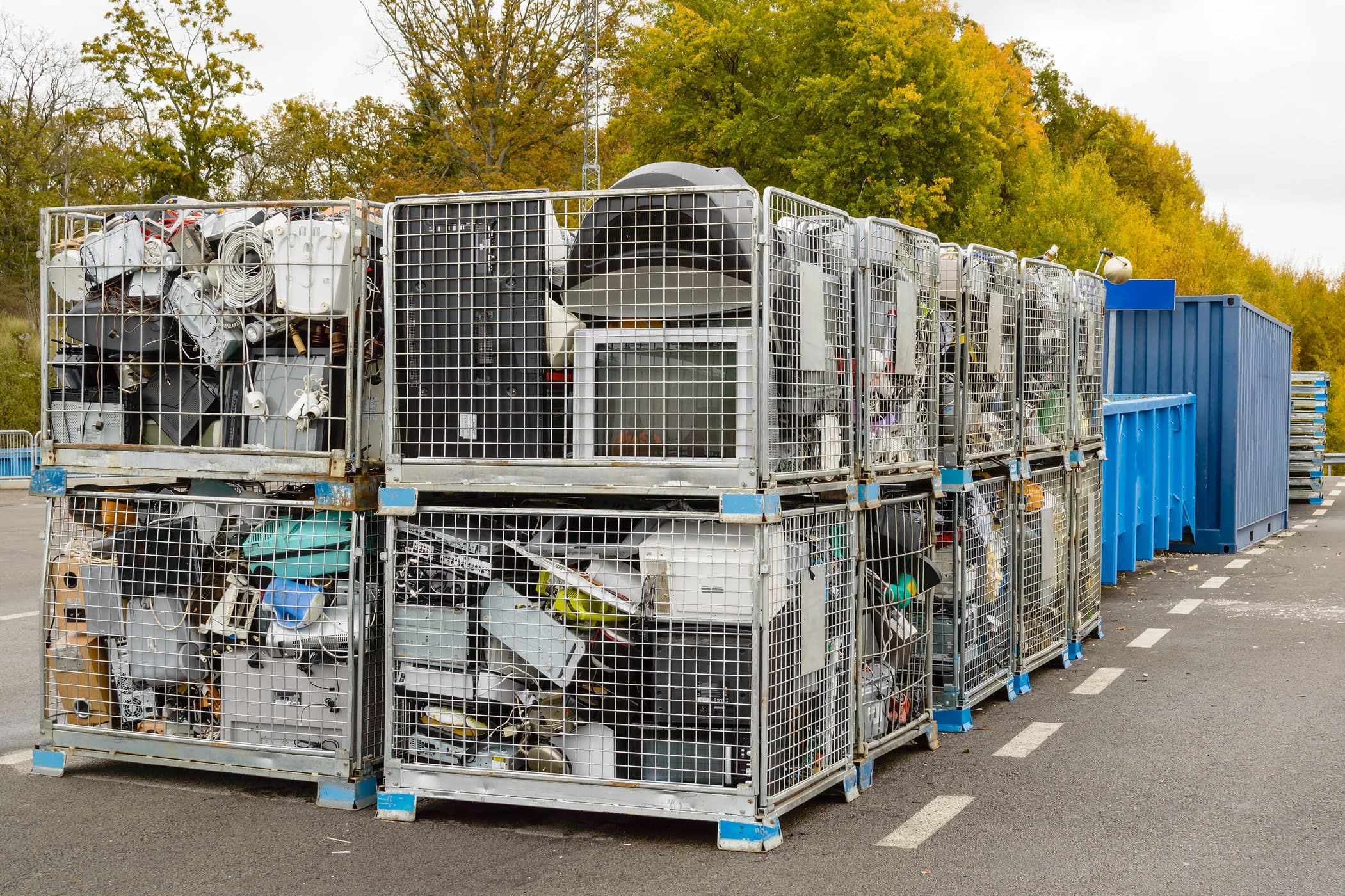
Any movement in the direction of affordable device repair also works toward minimizing what’s known as the Digital Divide, in which people are “left behind” due to lack of access to the latest technology. “If you can’t fix your stuff, you’ve got to throw it out and buy new, or go without,” Gordon-Byrne explains. “And buying new is not always affordable … probably half the country can’t afford new.” When their devices break and people have to go without, it hinders greater needs like education and work.
At the most basic level, the law “will help consumer electronics owners have more access to repair,” Gordon-Byrne says. “The consumer stuff is going to be really favorably impacted.” Beyond that corner of the consumer market, though, “There’s a lot of stuff that isn’t covered.”
When the bill initially hit the governor’s office, it cast a wide net, defining the “digital electronic equipment” within its scope as that which is valued at more than $10 and “depends for its functioning, in whole or in part, on digital electronics embedded in or attached to the product.”
Right before its signing, the definition was scaled back, now covering only devices built after the law’s effective date of July 2023 and excluding government devices, as well as those sold under business-to-business contracts. It remains unclear where electronics purchased by schools fit into the equation.
The bill also excludes medical devices, motor vehicle equipment, farm equipment, and home appliances including refrigerators, microwaves, air conditioners, and — an 11th-hour addition — home security systems. It also now exempts manufacturers from providing printed circuit boards, arguing they could allow for device cloning.

It is, in places, “vague” and “confusing,” something that manufacturers could exploit to further exempt their products, and seemingly contradicts itself on some points, advocates say. But it’s a start. Crucially, following the passage of New York’s milestone law, momentum is already gaining in other states to follow suit.
“I think … for many companies that aren’t itching for a fight, they’re just going to provide to consumers and repair shops the parts, tools, and information people need to make repairs,” Proctor says. “I would expect more stuff gets fixed in the state of New York — [although] a lot less stuff than if we had kept the bill in its original form.”
Consumers, farmers, advocates, and others who want to see more fixed and less thrown away should continue calling for more legislation with wider scope, Gordon-Byrne adds. “If you have an issue that needs a legislative solution, you personally can make a big difference,” he says, especially on an issue like this that affects virtually everyone. Anyone who wants to see more of the right to repair can and should voice their concerns directly to their local legislators.
Constituents contacting their representatives alerts them when there’s a groundswell of support for something like the right to repair, which both saves money and waste. Tractors, appliances, and other large items could be the next to be fixable — if the public calls loudly for it. “It’s amazing, absolutely amazing,” Gordon-Byrne says, “what can happen from that.”


